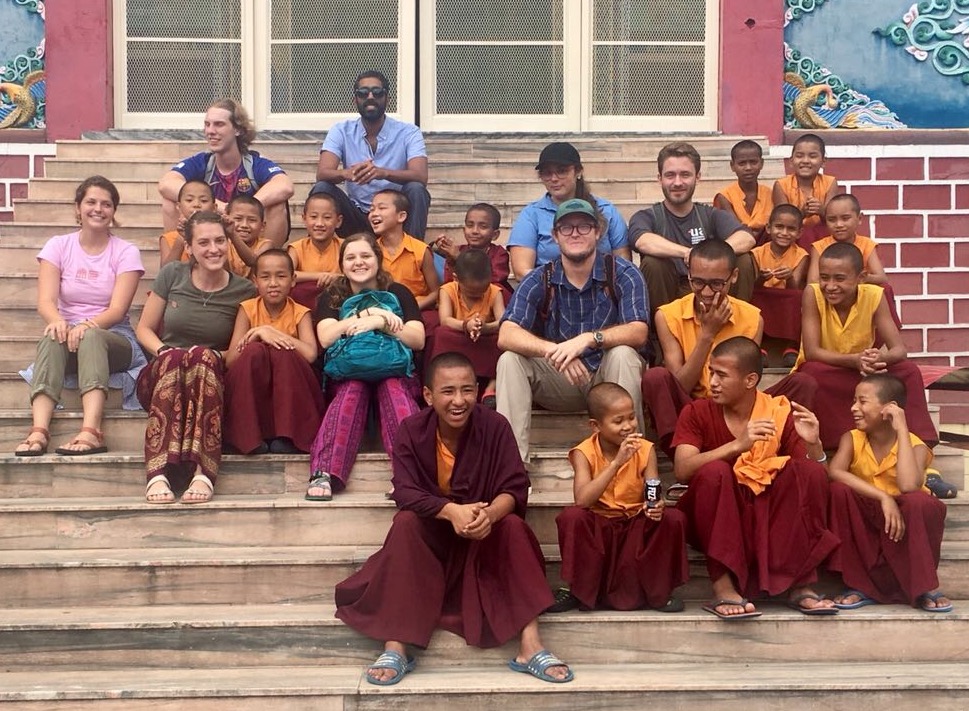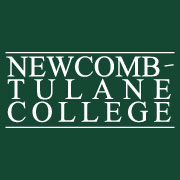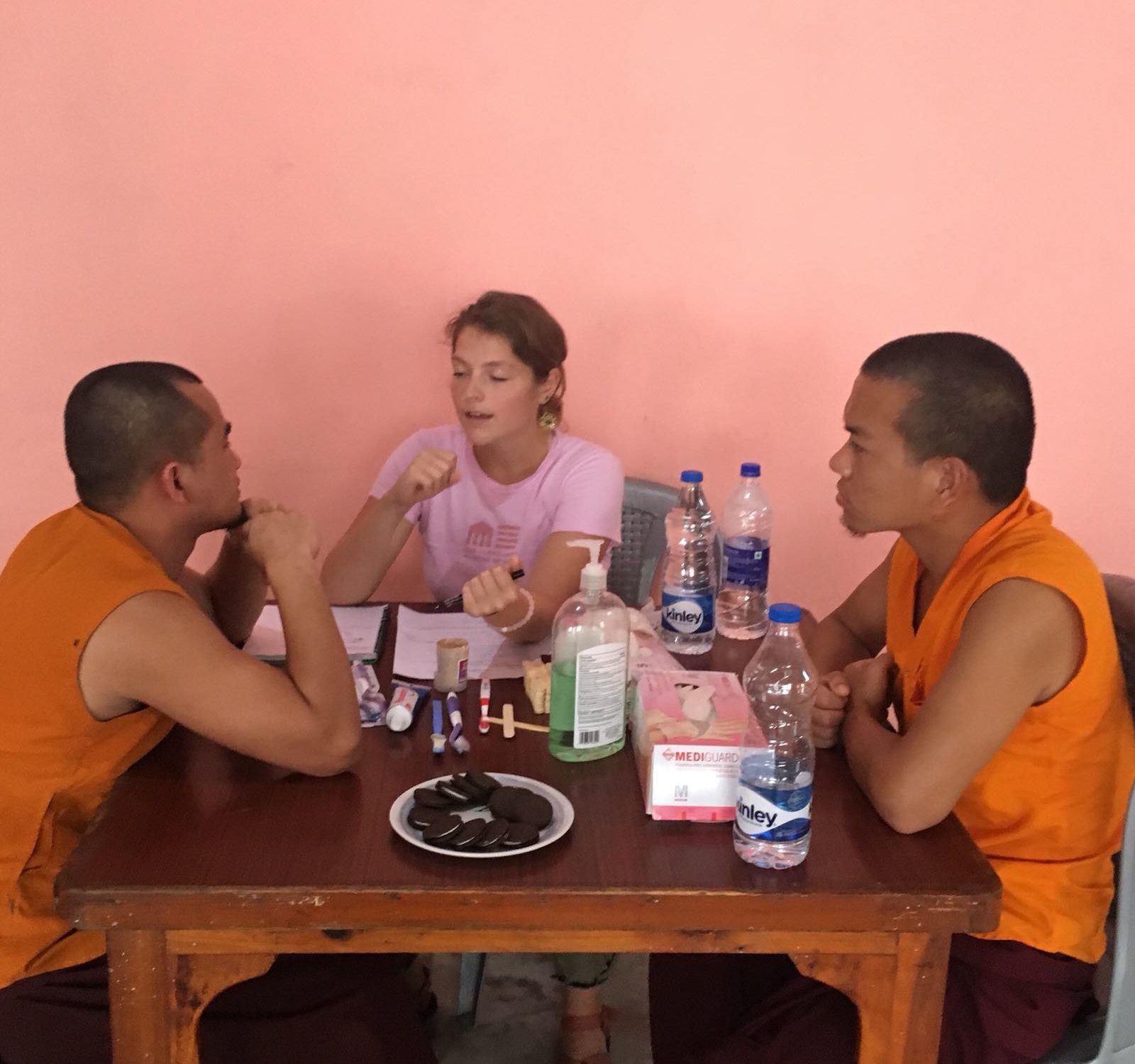This summer I had the privilege and blessing of traveling to Northern India to work with members of the Tibetan refugee community, the Louisiana Himalayan Association, and their sister social work organization LHA Charitable Trust. The purpose of the trip was two-fold: to provide medical assistance and funding to Tibetans living in monasteries without access to health care and to gain further insight, as Westerners, into the world of Eastern medicines such as Tibetan medicine, Ayurveda, and homeopathy. It was my hope that this experience would allow me to learn about the many alternative medical techniques and practices still used in Asian countries and furthermore, to develop a greater understanding of how one could integrate these techniques into a Western medical practice to create a form of medicine that is less invasive and pharmaceutical and more natural and preventive.
There are many factors contributing to the lack of health care received by Tibetan refugees in India, the biggest among them are poverty, poor infrastructure, and a lack of public health outreach. Most of the trip was spent providing health care referrals to members of the Nyingyang Monastery, a Tibetan monastery in Bir, a city nestled in the hills of the Himalayas. My team, consisting of LSU medical students, Loyola nurses, and two Tulane undergraduates, conducted eye, dental, and medical interviews with monks from the ages of six to eighty. Under the guidance of our group’s attending physician and Tulane Medical School graduate, Dr. Suchin Shukla, we assessed each monk’s current health condition, prioritized the urgency of different monk’s health needs, and then arranged and funded treatment with a local doctor or health professional. We also discussed the importance of self-care and proper hygiene practices with each monk during our interviews, while providing reading glasses, tooth brushes, toothpaste, soap, and eye drops. Together with the other LHA Student Medical Group we were able to complete over 220 health screenings in the monastery, and our fundraising efforts succeeded in covering the cost of all eye, dental, and medical treatments required by the monks.
Part of LHA’s mission in assisting Tibetan refugees is to help provide quality, long lasting reestablishment and health outcomes to the community. We recorded the information from each interview on individual sheets for each monk, but during one of our nightly meetings, while reflecting and reviewing our progress with The Venerable Kunsang La, one of the head monks at the monastery, our team realized that the monastery did not have a way to organize and maintain the medical records and histories for each monk; a stack of papers in the corner of the main office was the equivalent they had for the fanciful computer filing systems we take for granted when we go the doctor in the United States. Consequently, we helped to establish a health filing system so that every monk in the monastery had a safe place to compile, access, and collect health related documents. In addition, we compiled health statistics on the monastery during our visit and from previous medical group visits to analyze the general health of all the monks at Nyingyang, current health trends amongst them, and to reflect on where more help could be directed and what areas of health could be focused on more or less in the future.
The trip consisted of many other rewarding experiences, including lectures on Buddhism, Ayuverdic medicine, the history of Tibetan Medicine, meetings with Tibetan and Ayuverdic medical students, and tours of different hospitals. But working with the monks and conducting their health referrals was the most gratifying because it emphasized the human aspect of medicine by embodying the personal and compassionate care that is sometimes compromised in the West. I think this may have been because of the way the experience formed a bridge between two very different cultures, that is American and Tibetan. Many of the monks speak English, very well in fact, but it is not their first language. For each referral, we talked slow, gestured often, and looked into each other’s eyes to make sure we were doing our best to understand what each other was trying to say. I asked questions and then listened to each answer carefully. There was an effort on both side to communicate, and to do so peacefully and graciously.
Though this doesn’t mean there were not obstacles; to translate pain, was a hurdle. Pain for us is a word that encompasses hurt, the “ouch,” a sore, aching feeling, or sharp, intense, heat. Pain notifies discomfort. But the word pain is not translatable in the Tibetan language, or at least there is no single word equivalent. It must be explained in context; it must be described with more specific terminology. One might ask instead, is there itching, burning, watering, or bleeding? What is more is that to a Tibetan, experiencing a sensation that causes discomfort, or pain even, does not mean it must be relieved because Tibetans take on the Buddhist perspective that it is merely a sensation, a feeling, and that it will pass or go away. It can be endured; it can be prevented with mindfulness. Unlike Westerners, for a Tibetan pain is not a buzzer for “bad,” “wrong” or “alert,” but more of a reminder that something may not be right. Pain, while it may have been felt, was not necessarily enough to encourage Tibetans to seek help from a doctor. During the health referrals, we helped those people identify what may be causing them discomfort or pain and see if it required medical treatment. Through communication, I could use my knowledge and perspective to give something to those in need, but I was also granted a change of perspective, a chance to look through a different lens.
It is this experience that I am truly grateful for, as it has taught me about the importance of human connection and communication in medicine, of community and medicine. Because we are all just humans, no matter where we are at the end of the day, and human kind depends on good health; we all have something to give and we all have the ability to receive if we just keep our minds and hearts open.
“Pain is inevitable. Suffering is optional.”
-a Buddhist teaching
Written by Lauren Uram, Dean’s Grant recipient, 2018


